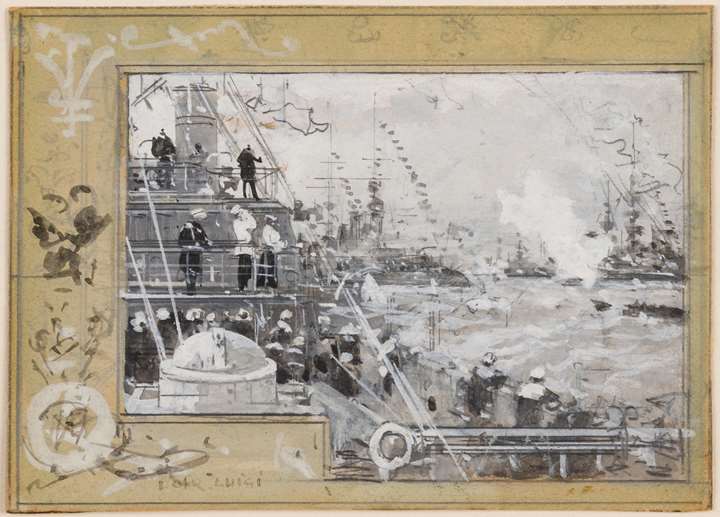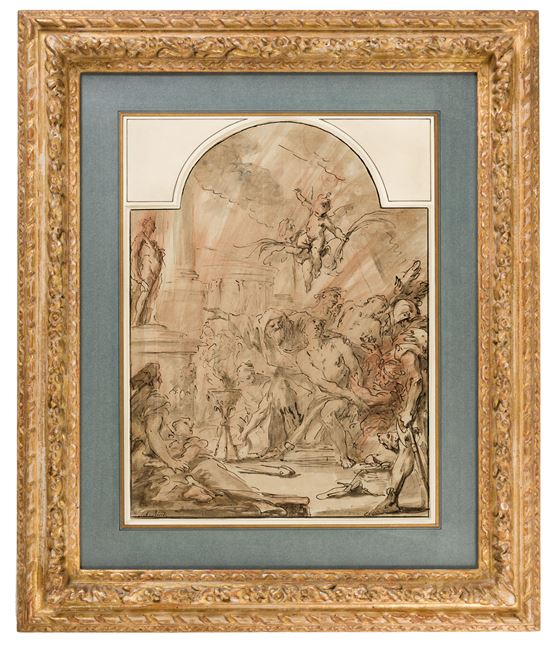Description & Technical information
As James Byam Shaw has aptly noted, ‘In his most characteristic drawings Diziani is something of a Mannerist: in an extravagantly free style, the actions or gestures of the figures are often violent, the pen contours ragged, the wash dashed on in a few seconds with a watery brush.’ The present sheet is a preparatory study, with many differences, for Diziani’s painting of The Torture of Saints Felix and Fortunatus in the chapel dedicated to the two saints in the cathedral of Chioggia, a town at the southern entrance to the Venetian lagoon. The painting, which can be dated to c.1735, has been described by the scholar Rodolfo Pallucchini as ‘among the most forthright and colourful works that Diziani ever painted, set with a theatrical violence…and executed with a succession of juicy and effervescent brushstrokes.’ The painting was part of a cycle of six scenes from the lives of Saints Felix and Fortunatus commissioned in the 1730s from Diziani, Giambettino Cignaroli, Nicolò Bambini, Francesco Migliori and other artists. The patron saints of Chioggia, Felix and Fortunatus were Christian brothers from Vicenza who were martyred in Aquileia in 296, during the persecutions of the reign of the Roman Emperor Diocletian. Their relics were enshrined in Vicenza in the late 4th century, but those of Fortunatus were translated to the cathedral of Chioggia in 1080.
Two further preparatory drawings by Diziani for the large altarpiece in Chioggia are known. One appeared at auction in New York in 2008, while another, closer to the final composition, is today in the Nationalmuseum in Stockholm. All three drawings have arched tops and are of similar dimensions. Taken together, they provide a fascinating insight into the development of the composition of the painting. Drawn with considerable energy and dynamism, the present sheet includes most of the elements of the final composition – the seated mother and child in the foreground, the soldiers with the bound saints, one seated and one standing, as well as the priest gesturing towards the pagan idol and the putti above bearing the palms of martyrdom - but the poses and final positions of the individual figures have yet to be determined.
The extensive underdrawing in red chalk in the present sheet, as well as the loosely washed background, are particular characteristics of Diziani’s draughtsmanship. As Catherine Whistler has noted of a similar drawing by the artist, ‘Diziani…drew with great flair, rapidly layering ink and washes over a red chalk scribbled sketch. Like [Francesco] Fontebasso, he learned much from the verve and graphic energy of his teacher Sebastiano Ricci. The animated use of red chalk, which enrichens and deepens the tonal range of the drawing, was a long-standing element in Venetian drawing practice and was especially favoured by artists of Ricci’s generation.’
Among stylistically comparable drawings by Diziani of about the same date is a Martyrdom of Saint Andrew in the Metropolitan Museum of Art in New York.
Pen and brown ink, with brown and grey wash, over a red chalk underdrawing, with framing lines in pen and brown ink.
Laid down on a backing sheet.
376 x 284 mm. (14 3/4 x 11 1/8 in.) at greatest dimensions.
Medium: Pen, Brown ink
Signature: Inscribed Seb. Ricci. at the lower left.
Dimensions: 37.6 x 28.4 cm (14³/₄ x 11¹/₈ inches)
Provenance: Rossella Gilli, Milan, in 1983
Anonymous sale, New York, Sotheby’s, 31 January 2018, lot 150
Private collection.
Literature: Milan, Rosella Gilli, Disegni Antichi, 1983, unpaginated, no.35.
Categories: Paintings, Drawings & Prints
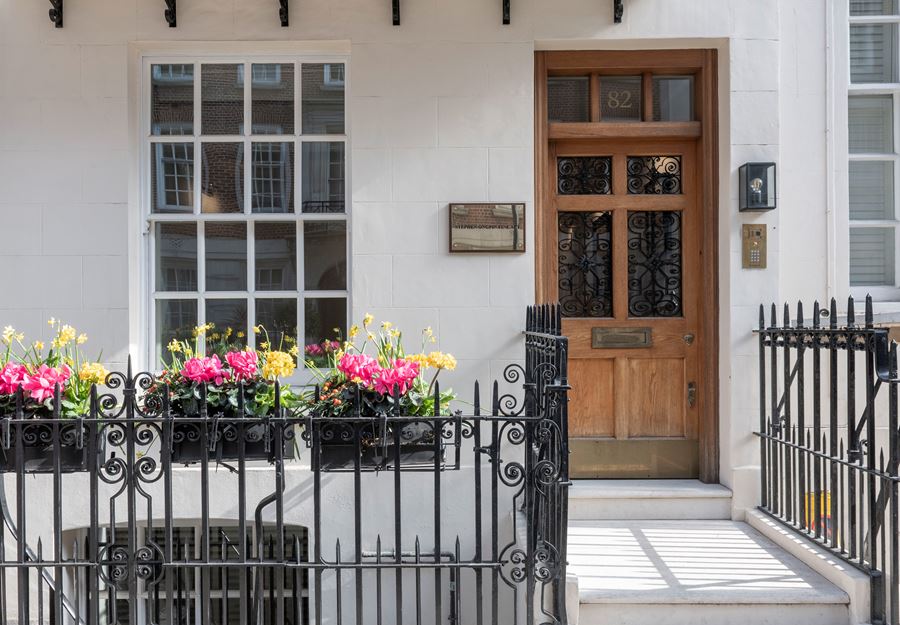
Discover the gallery
Stephen Ongpin Fine Art
Old Master, 19th Century and Modern Drawings, Watercolours and Oil Sketches
More Works From This Gallery
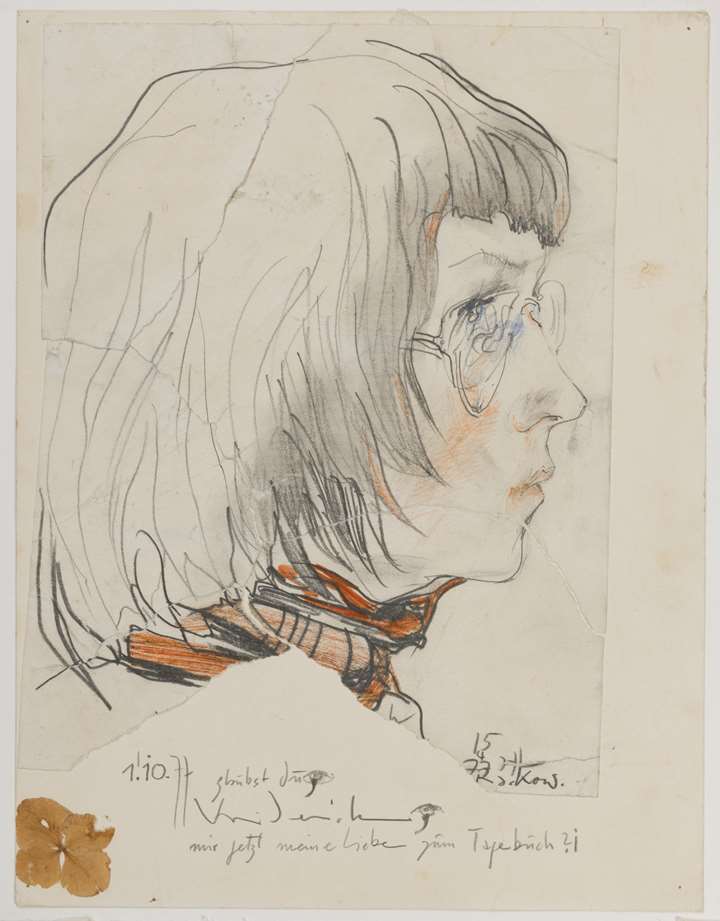
Stephen Ongpin Fine Art
Portrait of Christian Rackow
Horst JANSSEN (Hamburg, 1929 - Hamburg, 1995)
_T637286174909676268.jpg?width=720&height=1200&mode=max&quality=60)
Stephen Ongpin Fine Art
A Blue-Tongued Skink (Tiliqua scincoides)
Willem VAN DEN BERG (The Hague, 1886 - Leiden, 1970)
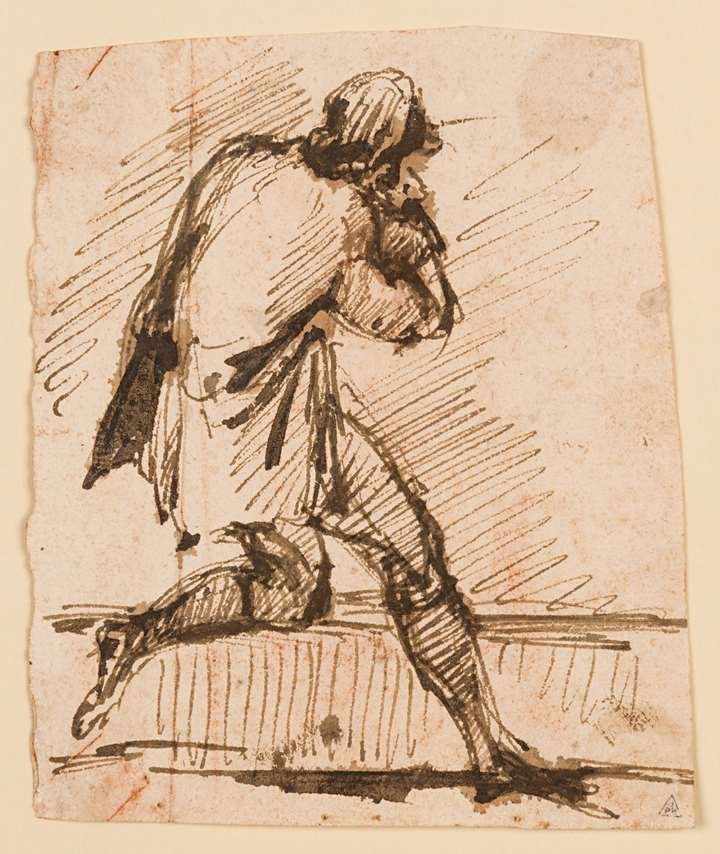
Stephen Ongpin Fine Art
A Standing Man with One Knee Resting on a Ledge
Giovanni Battista PIRANESI (Mogliano, 1720 - Venice, 1778)
 Della Sudda, Seated at a Piano_T638203653503780352.jpg?width=720&height=1200&mode=max&quality=60)
Stephen Ongpin Fine Art
Portrait of the Artist’s Brother, Francesco (Faik Bey) Della Sudda, Seated at a Piano
Emilio DELLA SUDDA (Constantinople)

Stephen Ongpin Fine Art
Landscape with Trees
Henri PRIVAT-LIVEMONT (Schaerbeek , 1861 - Schaerbeek , 1936)
